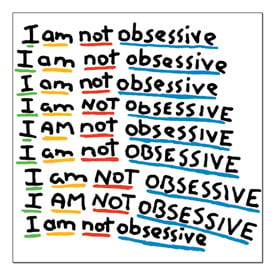I recently rented “Adi Shankaracharya,” the first and only movie made entirely in Sanskrit. It’s a biopic of Shankara, an 8th century Hindu saint who was perhaps the most important exponent of Advaita Vedanta (a Hindu tradition).I can’t say the movie was terribly entertaining (it is 2:40 minutes long, and I watched most of it in 4X, which was still slow enough to read all of the subtitles most of the time). Nonetheless, I’d recommend it if you want to get a sense of the 8th century Indian religious milieu and the sound of spoken Sanskrit.
The clip shows an encounter of Shankara with a fiendish-looking (and scary) Kapalika; the encounter sadly ends before the scene can develop much, thanks to a hungry lion.
In terms of Buddhism, the era portrayed in the movie was a time when Buddhism was continuing its slow decline in popularity in India, although it was the heyday of mahaviharas like Nalanda. It was roughly contemporaneous with the widespread adoption of Vajrayana Buddhism and the first transmission of Buddhism to Tibet. There was a lot of ferment in the religious culture of India at the time, and Adi Shankaracharya is a helpful aide to picturing it.

